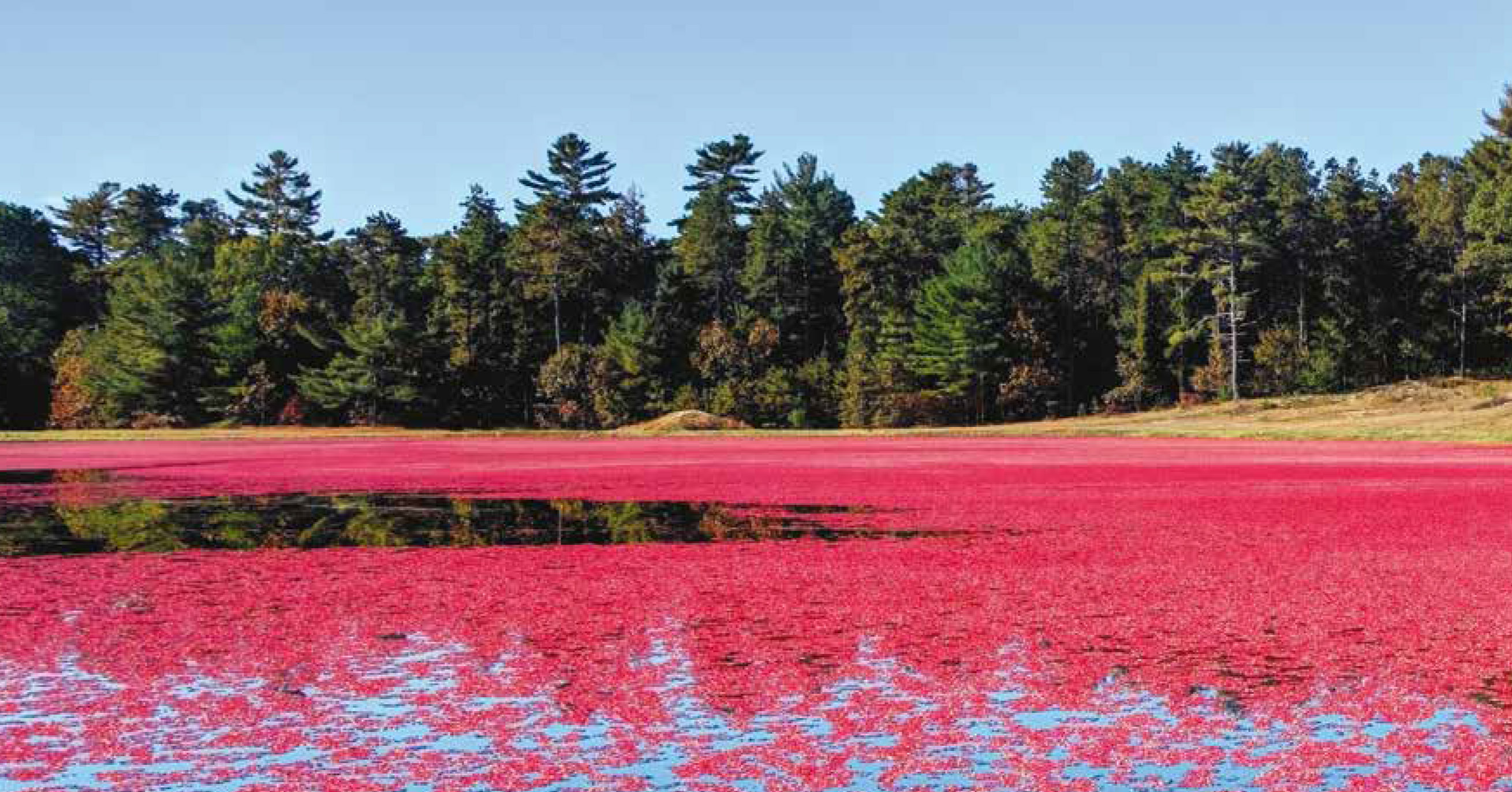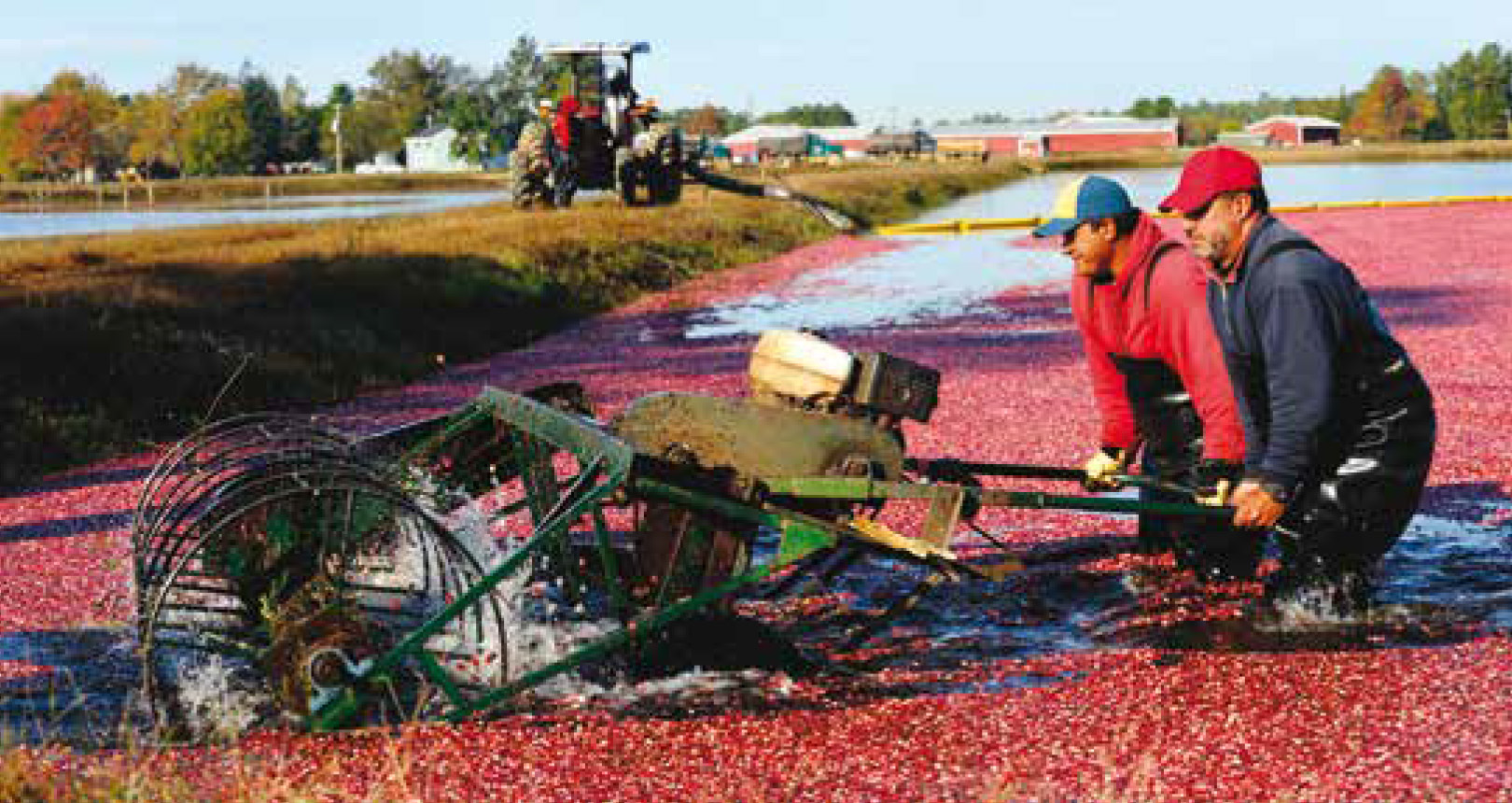Sometimes all it takes is an opportunity. That’s what cranberry growers in Oregon and Washington have been given following the 2015 fall harvest season.
BY KURT HEATH
As demand for cranberries and related market competition continue to rise in the United States and around the world, the Northwest’s cranberry industry is poised to capitalize on a less than stellar 2015 in Wisconsin, which is the largest cranberry growing state in the country.
Global figures from early 2015 projecting a record-setting harvest of 12 million barrels of cranberries ended up far lower due in large part to Wisconsin’s low yield. Wisconsin, which provides more than half of the world’s supply of cranberries, experienced a harsh winter in 2015 that reduced its anticipated output of 5 million barrels by at least 10%. Meanwhile, unusually warm temperatures made 2015 one of the best growing seasons on record for Northwest cranberry growers. As a result, producers in Oregon and Washington have been in an excellent position to fill the void leading up to the 2016 harvest season.
According to one grower, 2015 was “the best crop we’ve ever had…It’s just kind of a remarkable year.”
In Oregon, the opportunity for more business as a result of the most recent harvest has been welcome news for cranberry producers and the local economies of the state’s southern coast, where economic growth has lagged behind other parts of the state. Cranberries represent an $11 million industry in Oregon, with most of the economic impact focused in Coos and Curry Counties. That’s where nearly all of the state’s roughly 3,000 acres of cranberries are concentrated.
“As the third largest growing region in the country, Oregon is a vital part of the U.S. cranberry industry,“ said Michelle Hogan, Executive Director of the Cranberry Marketing Committee. “When compared to five years ago, their production last year increased by 50% to a record 541,840 barrels. We anticipate this year’s crop to come in around the same number as last year.”
Placed within a larger context, the fact that Northwest cranberry growers are benefiting in the short term from market factors comes during a period of challenges for domestic producers.
In the last two decades, America’s cranberry industry has transformed from primarily a domestic enterprise to one with global impact. Domestic growers now export 35% of the total crop, compared to just 5% 20 years ago. Pacific Northwest growers have been a part of the transformation. Oregon and Washington both rank in the top five as cranberry-producing states.
“Oregon is home to many of our independent grower — handlers who continue to find innovative ways to utilize and sell their own fruit in niche markets such as wine, jellies, jams, and so much more,” said Hogan.
As the world’s appetite for the little red berry has continued to grow, so too has market competition and global supply. Since 2008, cranberry growers have faced the challenge of declining prices due to oversupply. The good news is that federal and state agriculture leaders, as well as private businesses are stepping up efforts to develop and market innovative uses for cranberries.
The most recent federal farm bill, for example, allocated $1.6 million for the Cranberry Marketing Association to spur demand for cranberries in foreign markets. More locally, the Oregon Department of Agriculture teamed up late last year with the South Coast Economic Development Council to collaborate on financing options to help local growers sustain and expand business, as well as identify opportunities to creatively market the local crop.
Though Northwest cranberry growers have faced tough times in recent years, these positive developments at the federal and state level may signal better days ahead as innovation and creativity take root in the industry. In the meantime, they’ve been getting a little help from mother nature.




